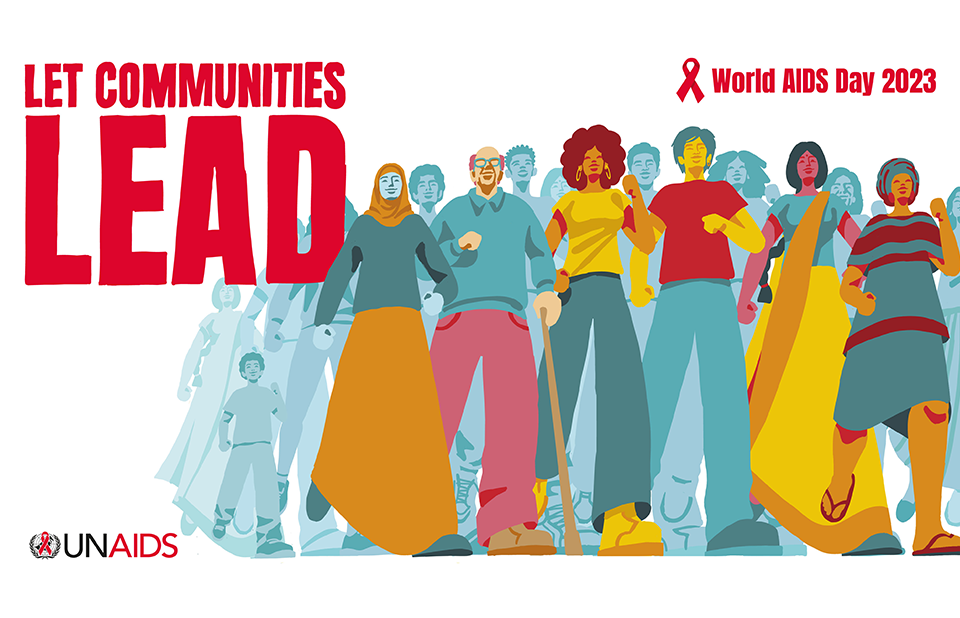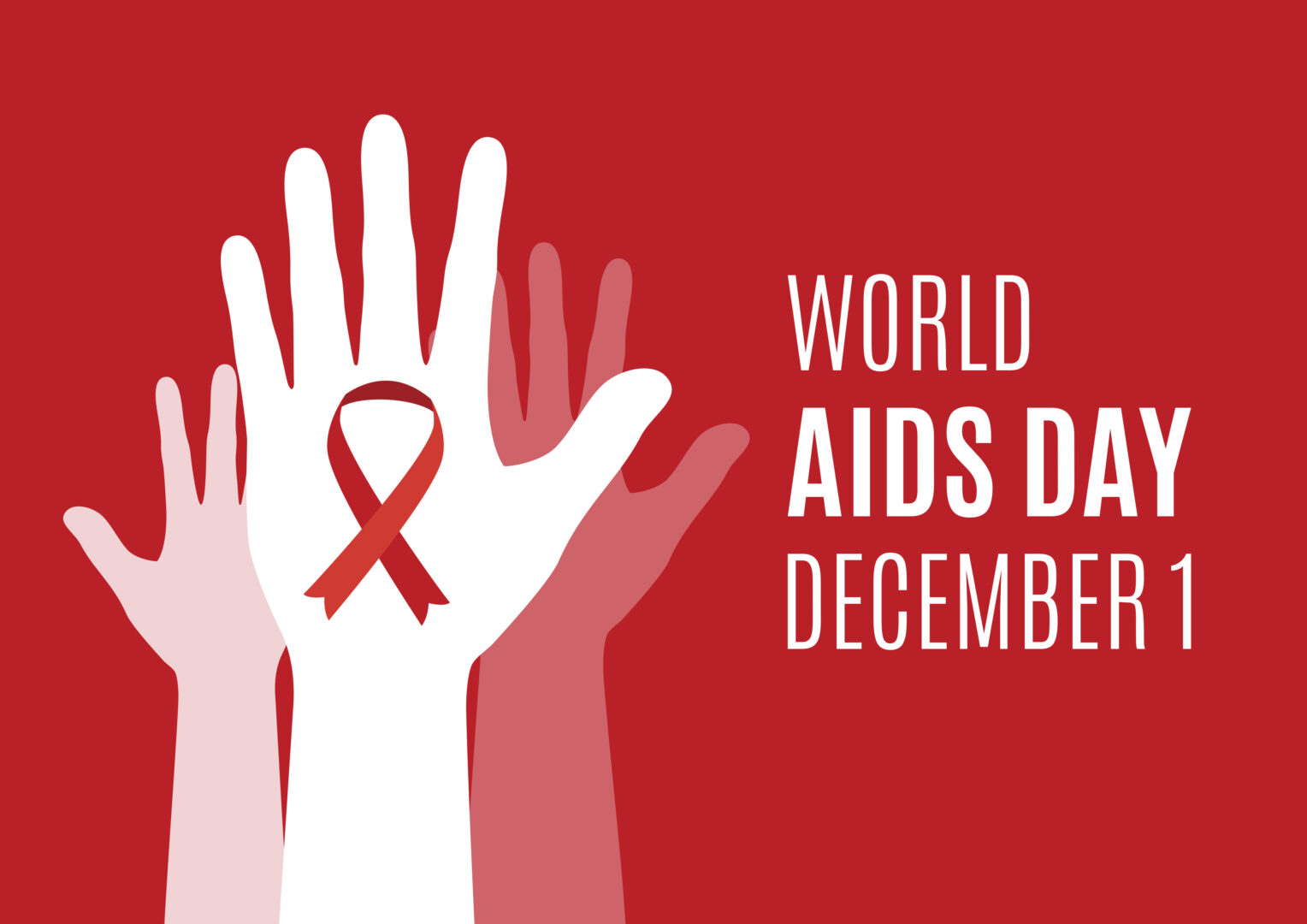World AIDS Day is a potent reminder of the continuous fight against HIV/AIDS, a long-standing global health concern. This day, which was created to increase awareness, honor those impacted, and encourage prevention, is extremely important in the battle against the epidemic. Let’s explore the main features of World AIDS Day 2023 and acquire a thorough grasp of the situation as it stands today.
Historical Context of World AIDS Day
The late 1980s saw the start of the global HIV/AIDS epidemic, which is when World AIDS Day was first observed. December 1st, 1988 saw the official designation of the day, which was intended to honor those who had died from AIDS-related illnesses, bring people together in the fight against HIV, and show support for those who were infected. The day has changed over time, adopting fresh themes and approaches to deal with the shifting dynamics of the pandemic.
Current Global AIDS Statistics
The global HIV/AIDS statistics as of 2023 are still reason for concern. Millions of people worldwide are living with HIV, and some areas are disproportionately affected. Sub-Saharan Africa continues to be the region most impacted, with a high virus prevalence. Recognizing these figures is essential to appreciating the magnitude of the problem the world faces in the fight against HIV/AIDS.
| Year | HIV/AIDS Prevalence (Millions) | New Infections (Thousands) | AIDS-Related Deaths (Thousands) | Most Affected Regions |
|---|---|---|---|---|
| 2021 | 38.0 | 1,500 | 680 | Sub-Saharan Africa, Southeast Asia |
| 2022 | 36.5 | 1,300 | 630 | Sub-Saharan Africa, Southeast Asia |
| 2023 | 34.8 (Projected) | 1,100 (Projected) | 590 (Projected) | Sub-Saharan Africa, Southeast Asia |
Key Objectives of World AIDS Day 2023
The theme of this year’s World AIDS Day is focused on accomplishing important goals. There is a focus on concrete steps that can improve the lives of people impacted by HIV/AIDS, whether it is raising awareness, fighting stigma, or supporting improved healthcare policies.
Advances in HIV/AIDS Research
Significant advancements have been made in the field of HIV/AIDS research in recent years. With developments in antiretroviral therapy and the investigation of possible vaccines, science is moving closer to a world free of AIDS. These advancements support the worldwide effort to stop the spread of infections while also enhancing available treatments.
| Year | Breakthrough | Impact |
|---|---|---|
| 2021 | Discovery of Novel Antiretrovirals | Enhanced treatment options, improving patient outcomes. |
| 2022 | Promising Vaccine Trials | Positive results in vaccine trials, moving closer to prevention. |
| 2023 | Gene Editing Technology Application | Potential for targeted treatment, addressing viral reservoirs. |
Novel Antiretrovirals (2021):
The development of novel antiretrovirals has improved treatment options for HIV patients, resulting in more acceptable and effective care.
Vaccine Trials (2022):
Positive HIV vaccine trials indicate advancements in the creation of prophylactics, bringing us one step closer to a time when the number of new infections is lowered.
Gene Editing Technology (2023):
Gene editing technology holds great potential for targeted treatment, addressing long-lasting viral reservoirs and creating new opportunities for HIV/AIDS research.

Importance of Spreading Awareness
Even though the medical field has made strides, dispelling myths and raising awareness are still crucial. On World AIDS Day, people are encouraged to get tested, find out their status, and take part in prevention efforts in an effort to debunk common misconceptions about HIV/AIDS.
Personal Stories and Testimonials
Real people with distinctive stories live behind the numbers. By sharing personal tales of living with HIV/AIDS, stigma and discrimination are lessened and the disease is made more approachable. These tales uplift others, cultivate compassion, and show how resilient those coping with the virus can be.
Global Efforts in the Fight Against HIV/AIDS
In order to combat HIV/AIDS, governments, non-profits, and international organizations work together. Comprehending the combined influence of these endeavors is imperative for appreciating the magnitude of the worldwide reaction to the pandemic.
Innovations in HIV Testing and Treatment
HIV testing and treatment have improved significantly as a result of technological advancements. Better healthcare outcomes for people living with HIV are a result of these innovations, which range from quick diagnostic techniques to more easily accessible life-saving drugs.

Challenges and Roadblocks
Notwithstanding advancements, obstacles still exist in the fight against HIV/AIDS. The international response is hampered by stigma, discrimination, and restricted access to resources. A coordinated effort from governments, communities, and individuals is needed to remove these obstacles.
Community Engagement and Involvement
Local communities are essential in raising awareness of HIV/AIDS and providing a supportive atmosphere for those impacted by the virus. The collective effort is greatly aided by community-driven projects, support networks, and grassroots campaigns.
Government Policies and Support
A comprehensive response to HIV/AIDS requires assessing the efficacy of current government policies. The first steps in eradicating the virus are advocating for more financing, support, and strategic planning.
Future Outlook for HIV/AIDS
With continued research and improvements in prevention and treatment, the future is bright. There is hope for a future in which HIV/AIDS is not a global health threat thanks to emerging trends in the field.
Ways Individuals Can Contribute
People can be extremely important in the fight against HIV/AIDS. Participating in community events, promoting local organizations on social media, and offering support are concrete actions that add to the larger endeavor.
The Continuous Battle and Hope for the Future
It’s critical to recognize that the fight against HIV/AIDS is still ongoing despite the advancements made in this area. Testing and treatment are still severely hampered by stigma and discrimination. The difficulty of getting healthcare in many parts of the world makes efforts to stop the virus’s spread even more difficult. The will of people, groups, and international organizations, on the other hand, gives hope for a future devoid of HIV/AIDS’s effects.
Harnessing Technology for Education and Awareness
In the era of digitalization, technology is essential for spreading knowledge and increasing consciousness. Online campaigns, blogs, and social media platforms have developed into effective resources for HIV/AIDS education. By making good use of these platforms, awareness campaigns can reach a wider audience and help dismantle the barriers to false information.
Empowering Communities Through Education
One of the most important aspects of HIV/AIDS prevention is education. It is crucial to provide communities with accurate information regarding treatment options, prevention strategies, and modes of transmission. Workplaces, community centers, and schools can act as hubs for information sharing and building a supportive and understanding atmosphere.
The Role of Regular Testing in Prevention
One essential component of HIV/AIDS prevention is routine testing. Being aware of one’s status lowers the risk of transmission and facilitates prompt access to treatment. One of the most important tactics in the larger endeavor to manage and ultimately eradicate the virus is to promote routine testing, especially in high-risk populations.
The Link Between Mental Health and HIV/AIDS
Comprehensive healthcare must address the mental health aspect of living with HIV/AIDS. The virus’s stigma can have a significant negative impact on mental health. Community networks, counseling, and support services are essential in helping people affected by HIV/AIDS deal with mental health issues.
Global Solidarity in Action
There are no geographical boundaries in the fight against HIV/AIDS. In order to assist nations and communities that confront particular difficulties in battling the virus, international solidarity is crucial. A successful global response must include cooperative efforts, resource sharing, and a shared commitment to putting an end to the pandemic.
Conclusion
World AIDS Day 2023 is a sobering reminder of both the work that needs to be done and the strides made in the fight against HIV/AIDS. Through comprehension of the past, present, and potential future circumstances, people can make a proactive contribution to the worldwide endeavor to establish an AIDS-free world.
SOURCE: SOCIAL MEDIA
FAQs
How do these breakthroughs impact the daily lives of individuals living with HIV/AIDS?
These discoveries give people access to more potent treatment options, which may lessen side effects and enhance general health outcomes.
Are there any side effects associated with the novel antiretrovirals discovered in 2021?
The goal of these findings is to reduce negative effects and improve the general tolerability of HIV/AIDS treatment, even though specific side effects may differ.
What does the success of vaccine trials in 2022 mean for the global effort to prevent HIV/AIDS?
The encouraging outcomes of vaccine trials signify a major advancement in the creation of preventive measures and give hope for a decrease in the number of new infections worldwide.
How does gene editing technology address viral reservoirs, and what implications does it have for treatment?
With the use of gene editing technology, viral reservoirs could be precisely targeted and addressed, opening the door to more individualized and efficient treatment plans.
What is the theme of World AIDS Day 2023?
The theme for the 2023 World AIDS Day is “Let communities lead.”
What is the purpose of World AIDS Day?
The goals of World AIDS Day are to honor those impacted by the disease, increase public awareness of it, and encourage prevention and support.
Why is December 1st AIDS Day?
World AIDS Day was established on December 1st to pay tribute to those who have been impacted by HIV/AIDS and to increase international efforts to combat the pandemic.
When was AIDS discovered first?
When an unusually high number of rare disease cases were reported among gay men in the US in the early 1980s, AIDS was first identified.
What is the full form of AIDS?
Acquired Immunodeficiency Syndrome is referred to as AIDS.
What is aid called?
Aid, also known as assistance, support, or help, is frequently given to people who are in need or are dealing with difficult situations.
What is OC full form?
OC can take on different complete forms based on the situation. In online and creative contexts, it’s commonly referred to as “Original Content”.










Hello would you mind letting me know which hosting company you’re
utilizing? I’ve loaded your blog in 3 completely different internet browsers and I must say this blog loads a lot quicker then most.
Can you suggest a good hosting provider at a fair price?
Thanks a lot, I appreciate it!